Introducing Nature into interior decoration and valuing environmentally conscious and sustainable concepts is much more than simply taking plants indoors, or nurturing a bed of aromatic herbs on the balcony, even if you also pass by. Eco-chic is knowing and choosing to choose materials and ways of making that do not compromise the health of the planet and respect ecosystems, from construction materials to the textiles with which the house is decorated. Faced with the urgent need to rethink our production and consumption practices, it still presents itself as the most sophisticated, intelligent and responsible aesthetic. Eco-chic is the most desired and luxurious way to design, build and decorate not just a house, but a whole life.
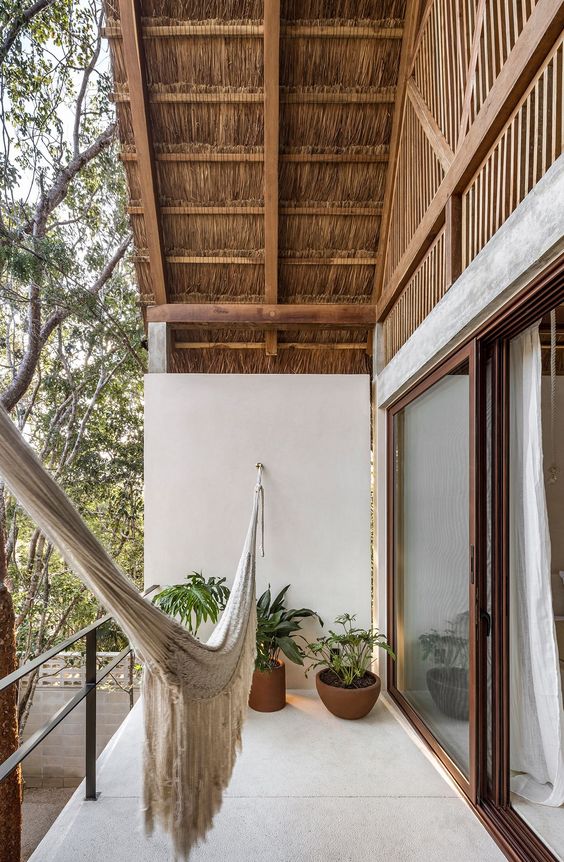
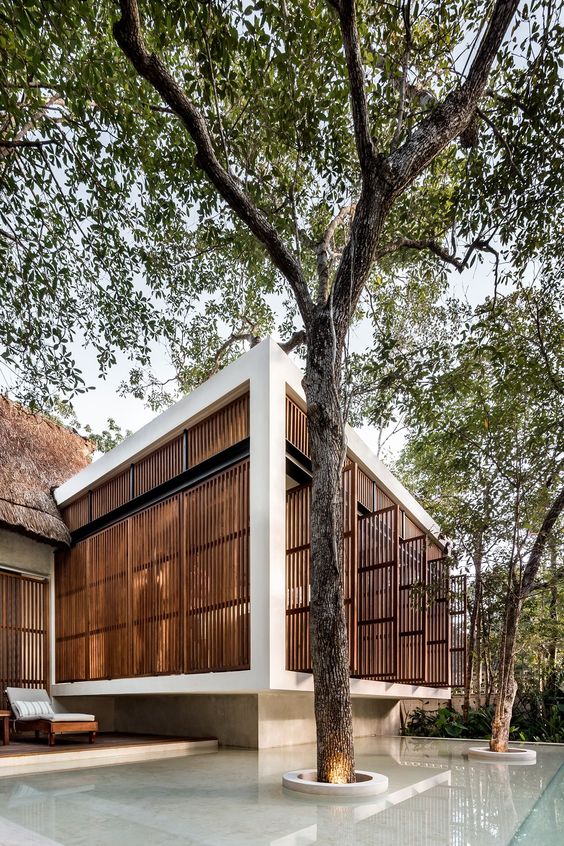
Structural solutions
The environmentalist focus and concern for ecological solutions must be present even before there is a house. As soon as a house is born, still in the mind of the architect or its future inhabitant, both must already consider a project that, in all aspects, must be 'green' painted.
– Natural ventilation, balconies and shading allow you to cool the house in the summer without using air conditioning;
– Walls and double glazing that keep the interior away from the outside weather;
– Natural insulation such as sheep's wool;
– Stones and native wood, which do not need to cross the ocean to reach us;
– Full span windows, that open from floor to ceiling so that the need to turn on the lights is delayed to the limit, and any season of the year;
– Rainwater harvesting system for domestic consumption;
– Clean and renewable energies;
– Organic waste composting system;
– Landscaped roofs…


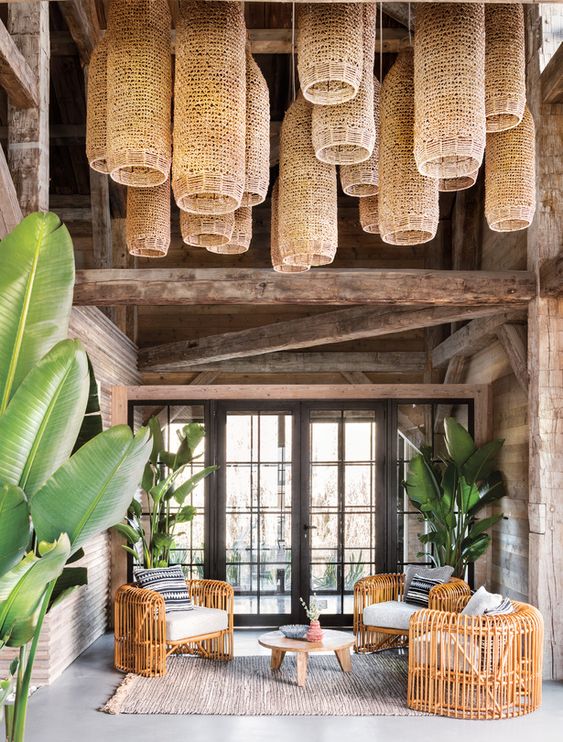
These are some good practices to be evaluated still on paper. Although it may require an initial financial effort, they will prove to be economical in the short term, keeping ecological consciences and the planet cleaner, while resulting in smarter and more comfortable homes. Basically, it is looking at ancestral ways of building and replicating them, as they are in every way more respectful of the environment and of all surrounding life. It is also knowing how to adapt the needs of a project to a given climate and depending on the family that will live in it. To be beautiful, the marble doesn't have to come from Italy, nor the woods to be exotic.
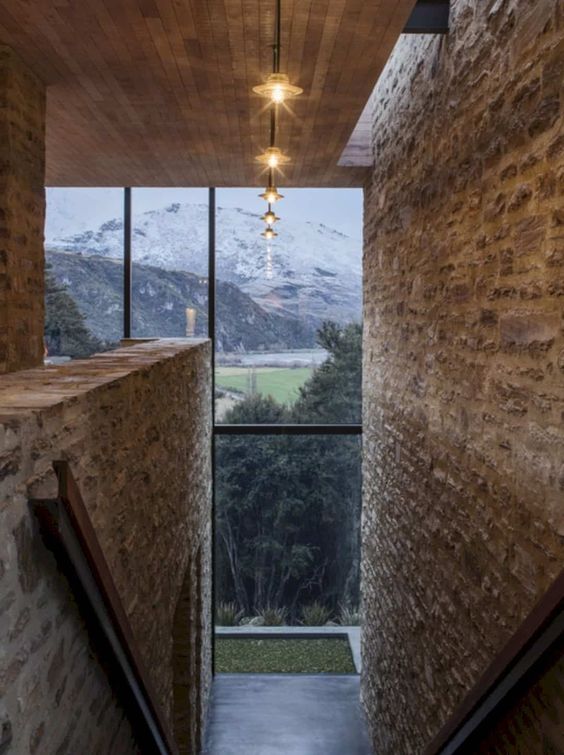
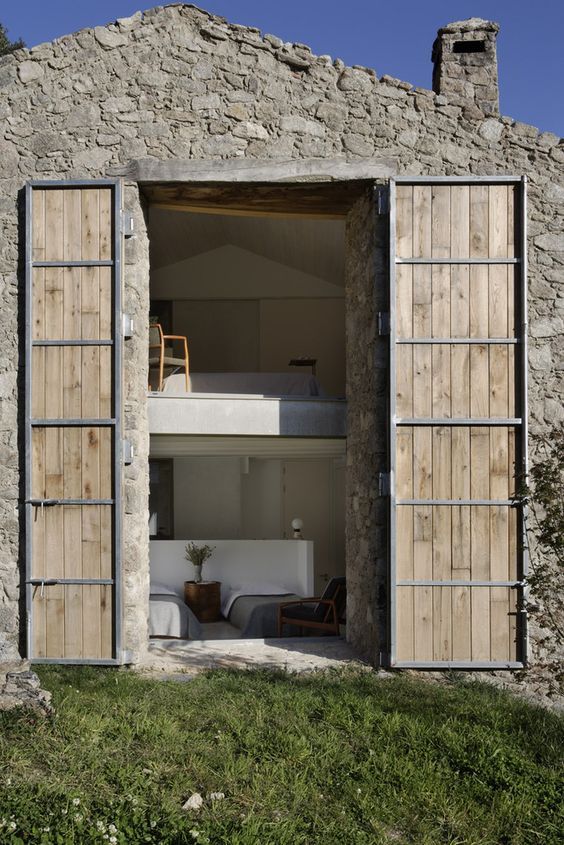
Choose wisely
Knowing how to choose materials, investigate their origin and composition, prefer local to imported, the manual to the manufactured, the natural to the artificial. Clay and terracotta, thatch and wood, ecological paints, handcrafted tiles, raffia, cotton and other 100% natural fibers… Natural options and ecologically intelligent choices don't just culminate in beach huts or rustic mountain chalets. The modern design has long called for eco-sustainable specifications, allergic to waste and non-recyclable or even non-recycled plastics. The fear of exceeding budgets and the desire for a current aesthetic is sometimes an impediment to a good and rational evaluation of the numerous 'green' options that the market makes available with a view to sustainable construction, which is also reflected in a house energy consumption. The greener, the more economical. This includes options as simple as certified or recycled wood and 100% natural raw materials.
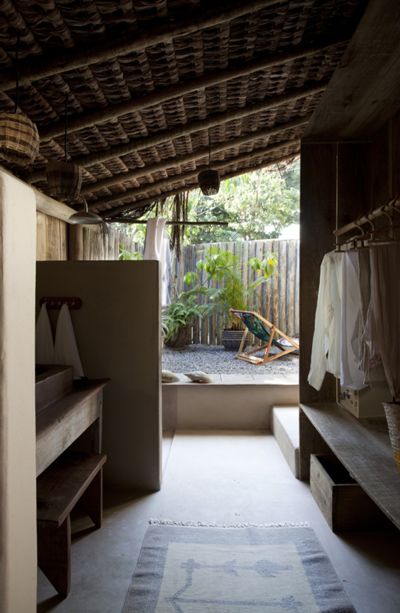
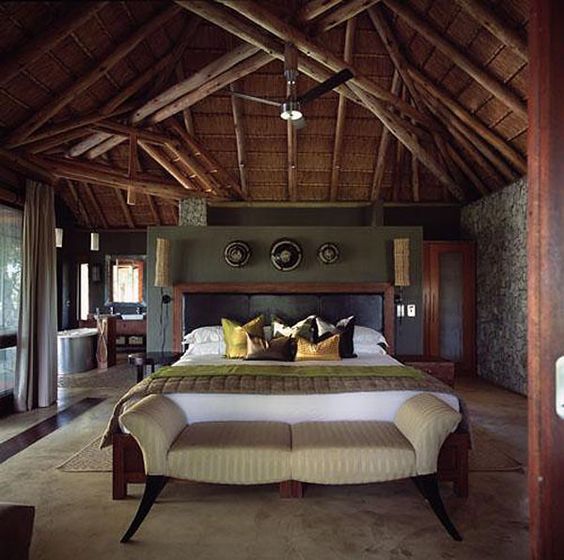
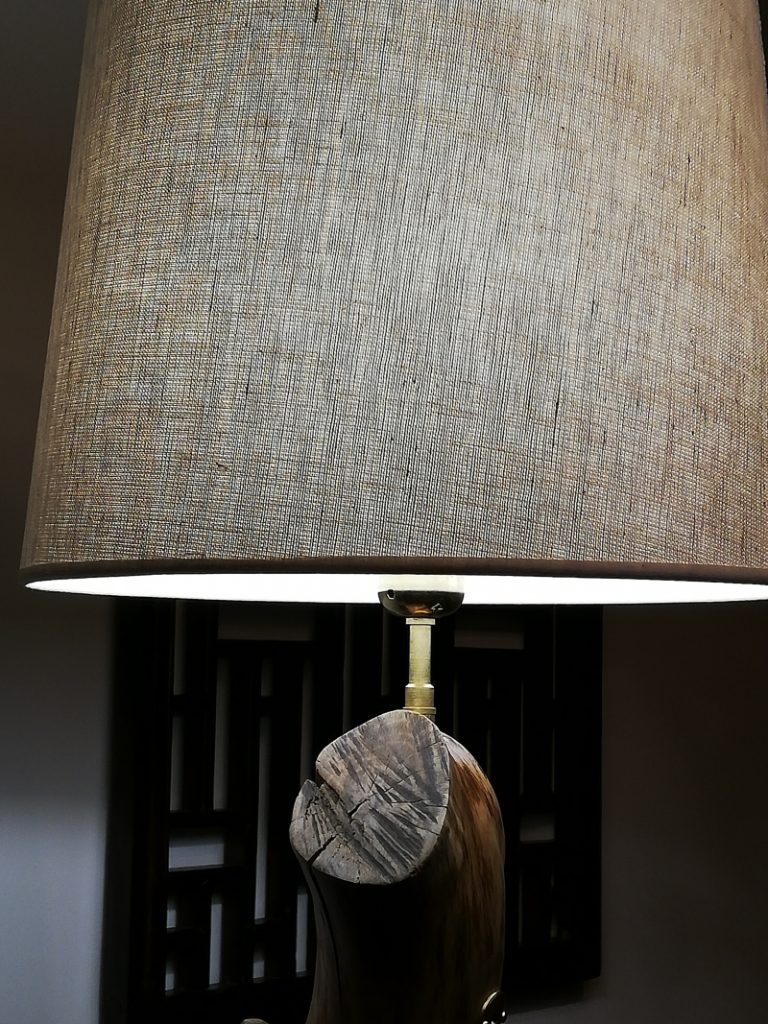
Reuse and recycle – A logical eco
It is imperative to resist the consumerist impulse to discard anything as soon as it ceases to work, or to serve. An impetus that must be curbed more impetuously when it comes to decoration. Everything can be repaired, or retrofitted or give it to someone who knows how to put it to better use or even a new use. Worse still is when something is thrown away just because it is no longer beautiful, or because there are more beautiful and current ones on the market, or just because we have stopped 'funny' with the design or color. A sweater can be promoted to a pillow, an abandoned fridge can become a very cool shoe rack, and even the paintings from grandmother's house can be dressed up as elegant mirrors, since the old frames were really made of wood.

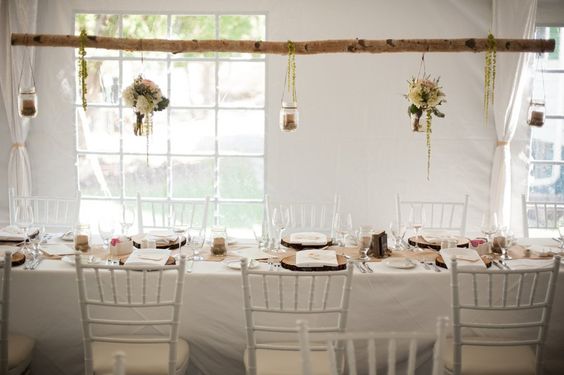
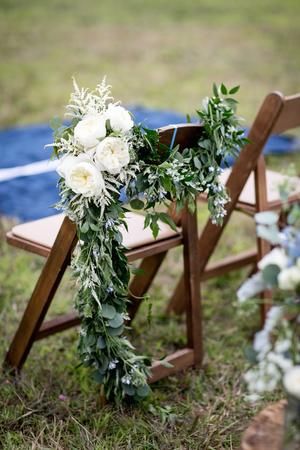
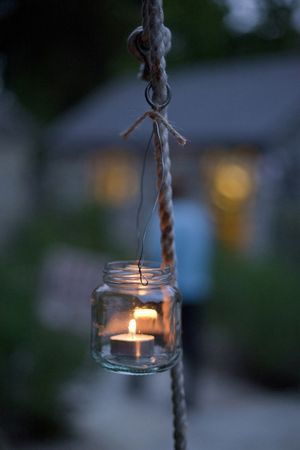
Sometimes, all it takes is changing the color of a piece of furniture, or replacing the handles, and it will immediately gain life, conquering the present and shaping itself better to our taste. We, here in Light It Be , for example, one day looked at a pile of wood piled up for probable use in the fireplace and we were sure that it was too good and beautiful to end up burned, that there was a lot of life there to be explored. That's how ours exclusive and unique wood lamps were born unique wooden lamps, with a strong upcycling vocation upcycling and committed to sustainable production practices. A way to contribute to a circular, zero-waste economy.
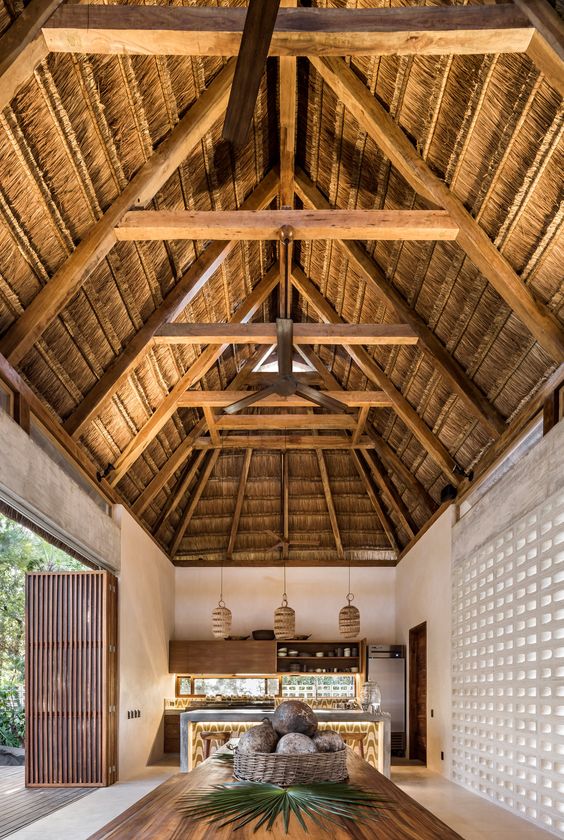
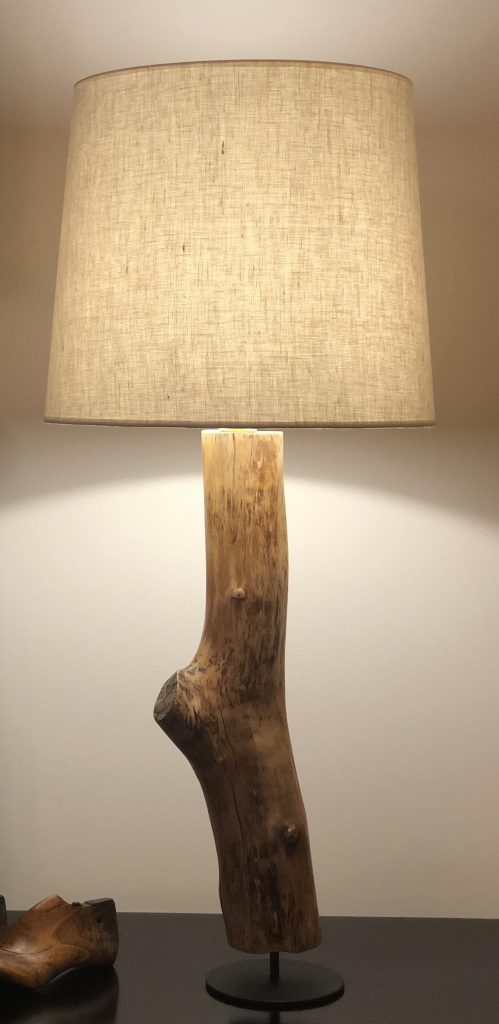
Casting scrutiny and luxurious looks at pieces of 'junk' allows incredible reuse and results in unique pieces, exclusively designed and dedicated to us. An ineffective plank or an old solid wood door can be left to the care of a talented carpenter who will know how to transform it into the panels of kitchen cabinets. All this has a value that we have unfortunately failed to appreciate, but which is not only ecological echoes, as it translates into personal satisfaction. Fortunately, there is a huge worldwide appreciation for vintage pieces, for dated furniture now aesthetically rehabilitated due to the global concern for the future of the Earth, as a habitable planet. Riding on this recycling, high quality furniture and signature design doesn't end up in landfills or incinerators and the interior decoration gains character and personal signature.
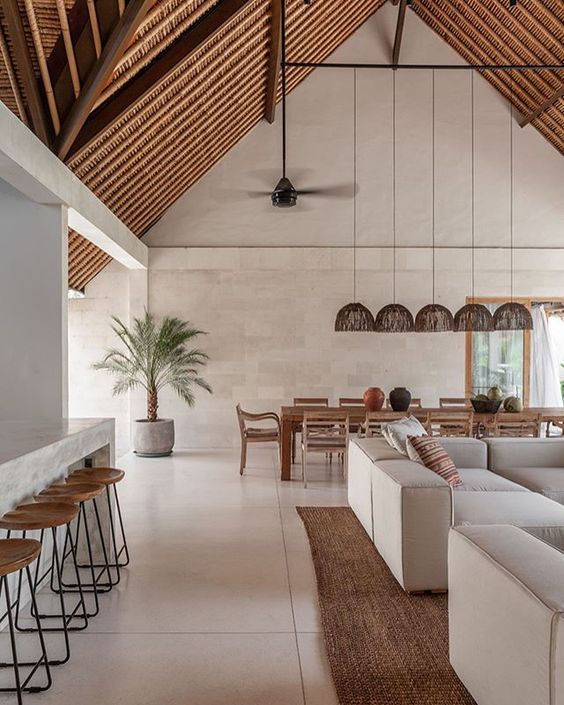
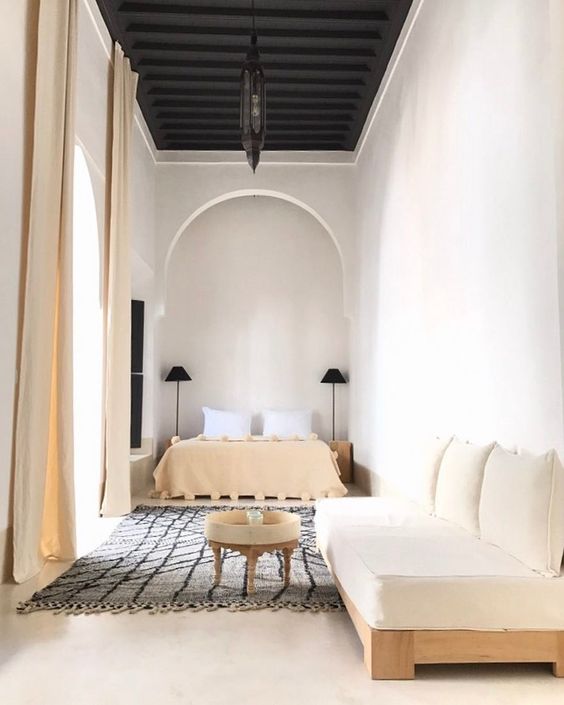
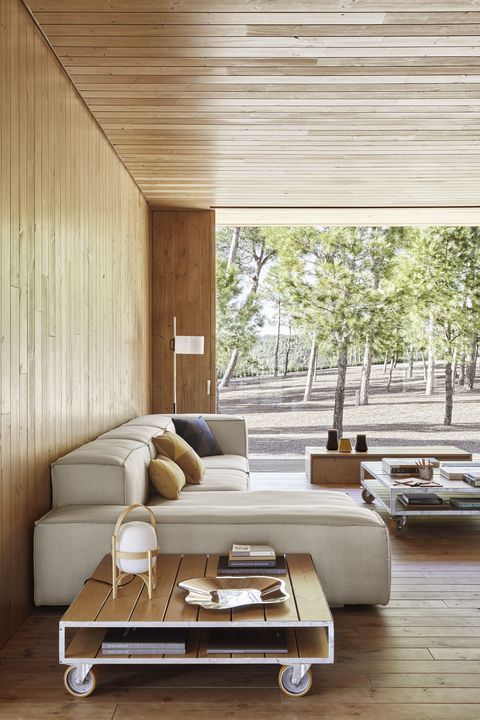

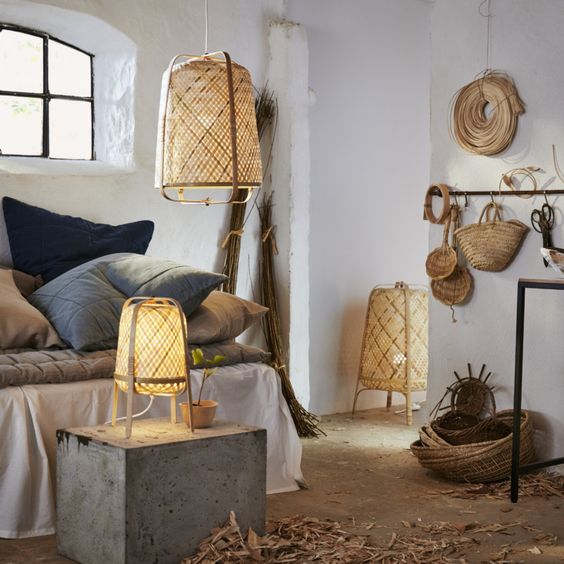
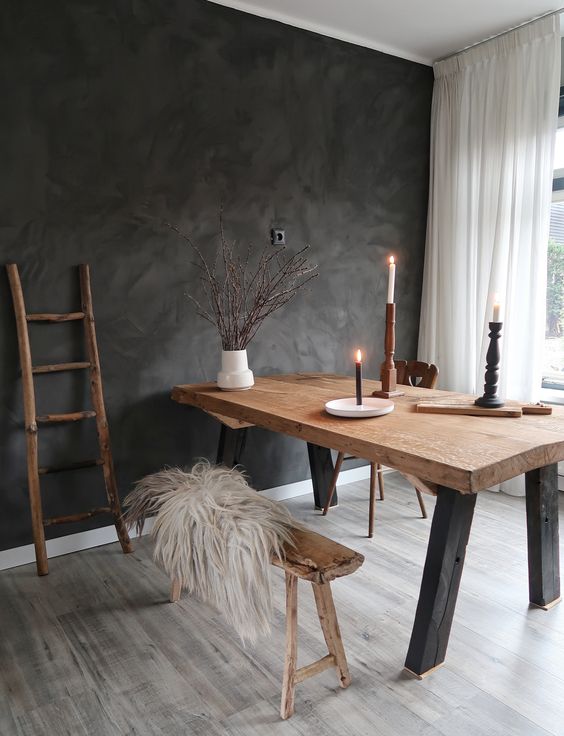
It's in everyone's hands
Even when the artisan is hired and the transforming hand is hired, just the idea of creating a decorative or sculptural piece based on a creative idea that came from us fills us with pride and personal satisfaction. It is the ego that is inflated. It is the planet that breathes. We are going to recover upholsterers who renew the patterns of our seats and dressmakers who know how to rehabilitate our old jeans into useful aprons, or transform a silk scarf into a skirt or vice versa. Sometimes it is enough to give a new use, assign a new function to an old piece and that alone will make it more attractive. An old zinc bucket is a romantic frappe. When paired with a contemporary design table, old wooden chairs, perhaps painted black, gray or dry green, can continue to fulfill their function, without the need for early retirement. upcycling a strong component of the eco-chic style and is an obvious rage among the community interested in interior decoration matters. Best of all, recovery and reuse not only serve ecological purposes but are also more economical, while at the same time curbing excess consumption. In addition, they value the artisan work, manufacture and the proximity factor.
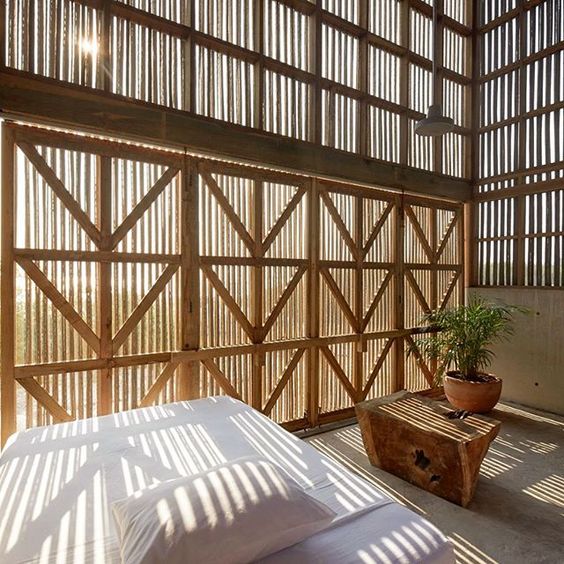
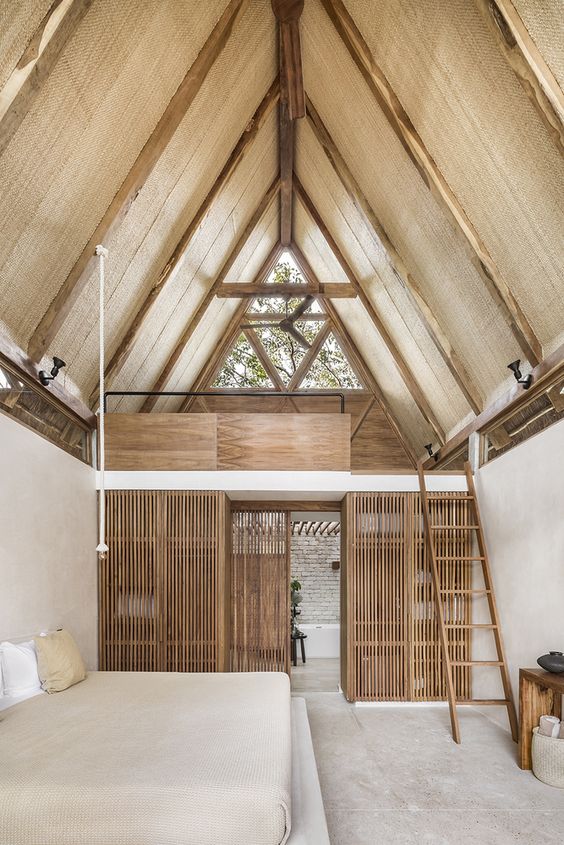
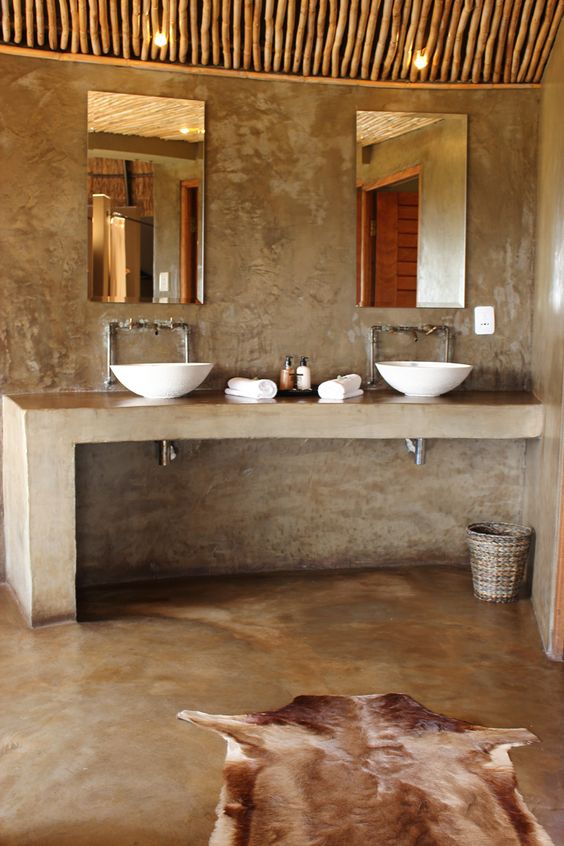
Eco-chic doesn't have to be rustic
Ceilings made of wood and reeds, like many of the olden days, or walls made of bamboo, are not only aesthetically pleasing and introduce a natural touch to any environment, they are also healthy and extremely beautiful coverings, which can replace concrete and thus save money. quarries that are consuming saws all over the place. Skylights help reduce electricity consumption. Keeping the old stone on the walls of a house that is to be restored does not imply that the house is not given an absolutely contemporary touch without losing the charm of time and the original natural raw material. Thus, an eco-chic house can have several inclinations, from ethnic to the countryside, from the city to the urban and as many faces as the people behind each project. What remains is the charm, individuality and ecological concern.
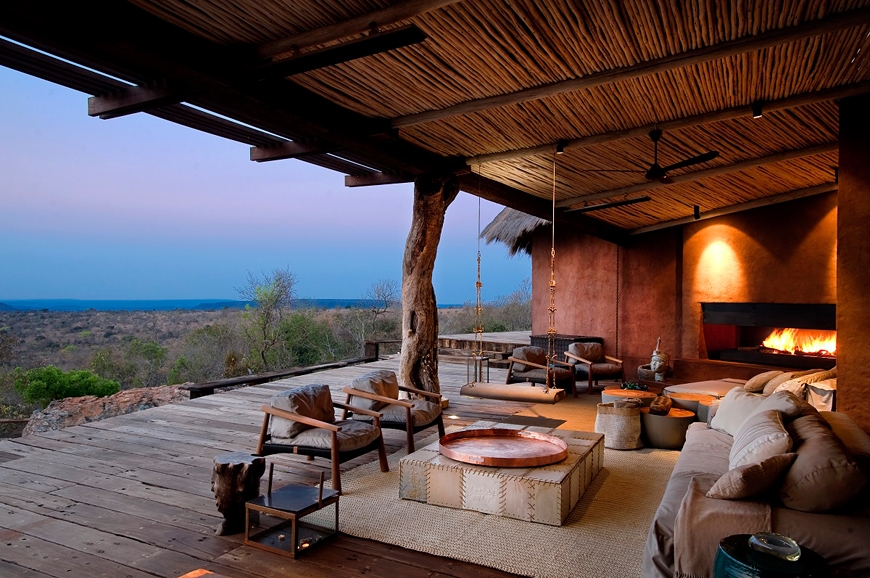

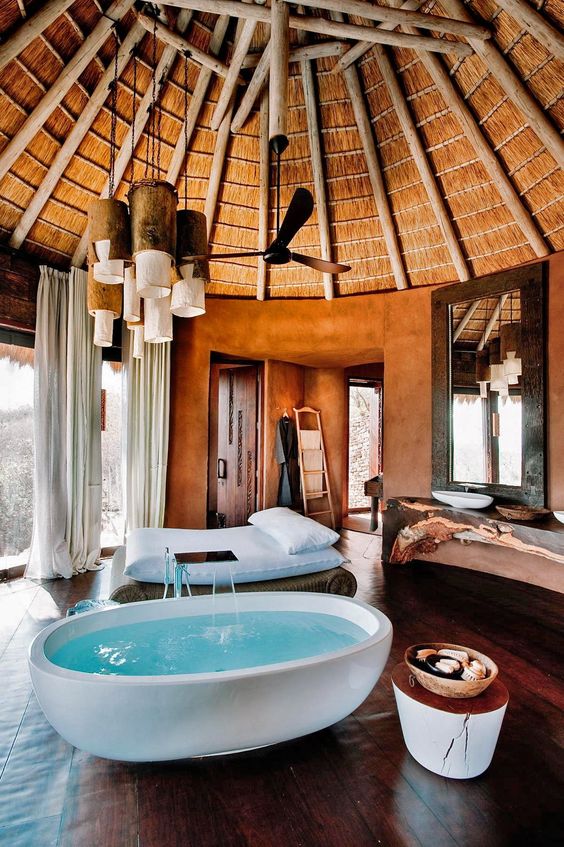

As we do with clothes, let's look at the labels. Let us assess what things are made of, what their origin is, how they are produced, what values they defend. Opting for the elegant natural tone of each raw material is a strong environmental contribution, or opting for those that have been dyed with natural, non-chemical pigments, as industrial dyeing processes are a serious threat to the environment. Many state-of-the-art materials and ultra-modern finishes and designs are produced sustainably and without harm to the environment and are already filling the market. In addition to the always desirable cotton, linen, jute, silk and hemp – a recent passion, since its cultivation and transformation do not involve a great expenditure of water and whose texture is similar and as pleasant as cotton and linen –, recycled or vegetal leather, eco-friendly acrylics, recycled polyesters and the so Portuguese cork are part of this generous and stylized offer.
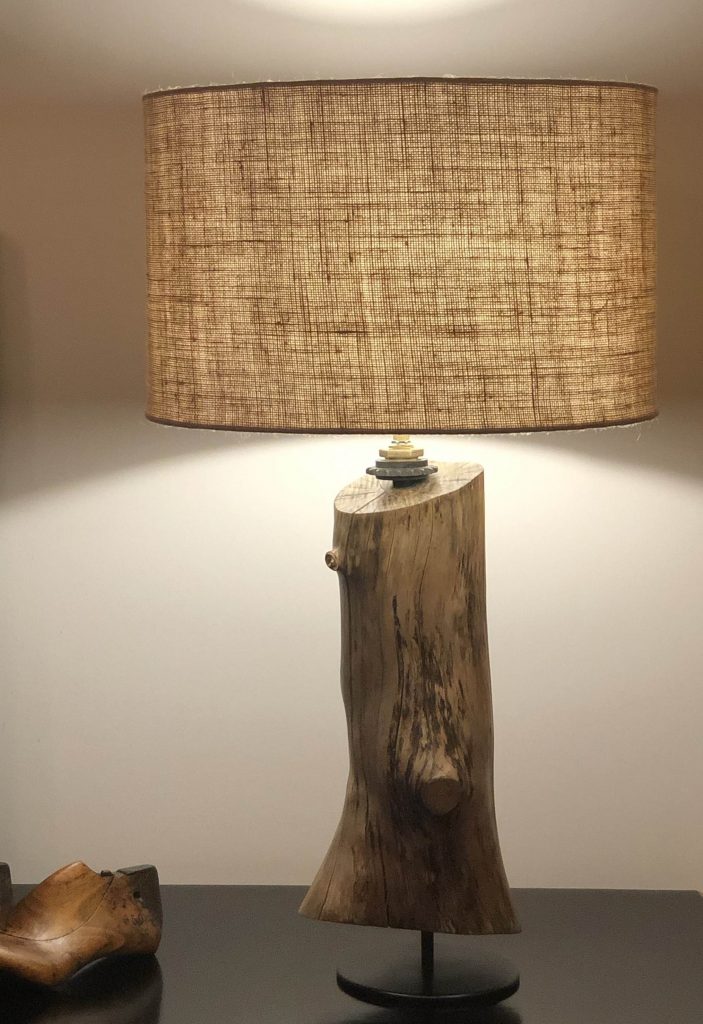

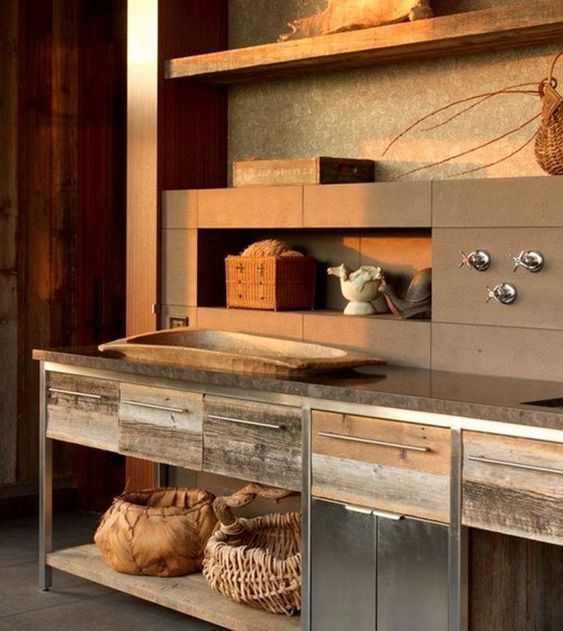

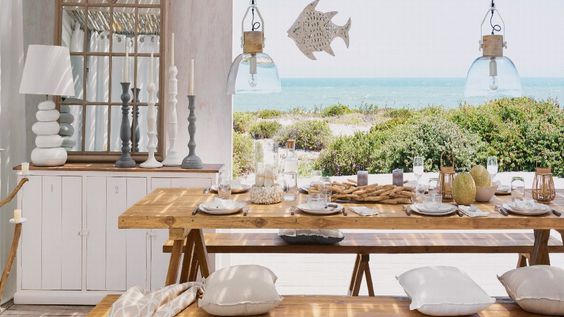

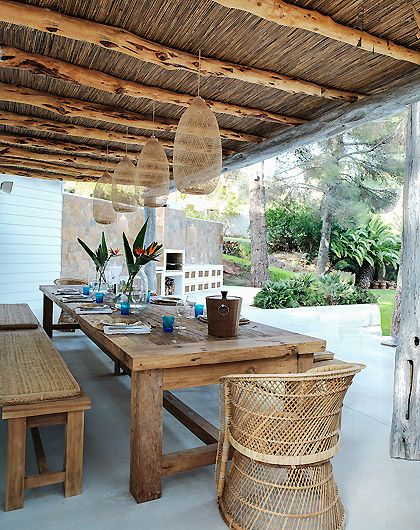
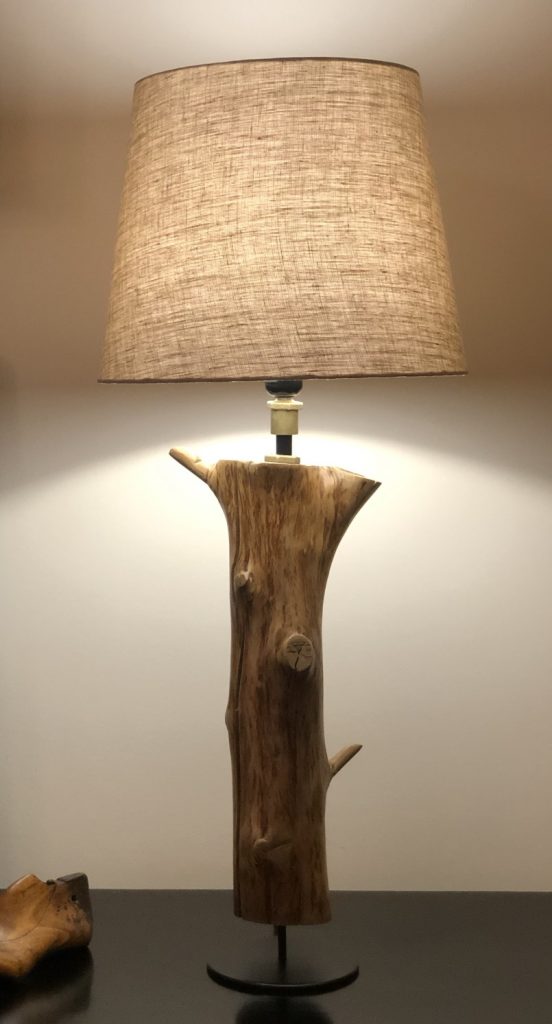
In full era of prosumers – consumers who accumulate the role of producers and consumers of their goods and services –, there is a conscious desire to bet on quality, artisanal and durable products, which do not imply or require their replacement according to fashions or appetites. A need that reflects and still claims the need to feel connected with nature, in harmony and peace. In a house, this goes through the touch of natural raw materials, their textures, colors, sounds and smells, the craftsmanship and different pieces of furniture. Natural is required. Artificial reject. Quality is sought. Durability and strength are desired.
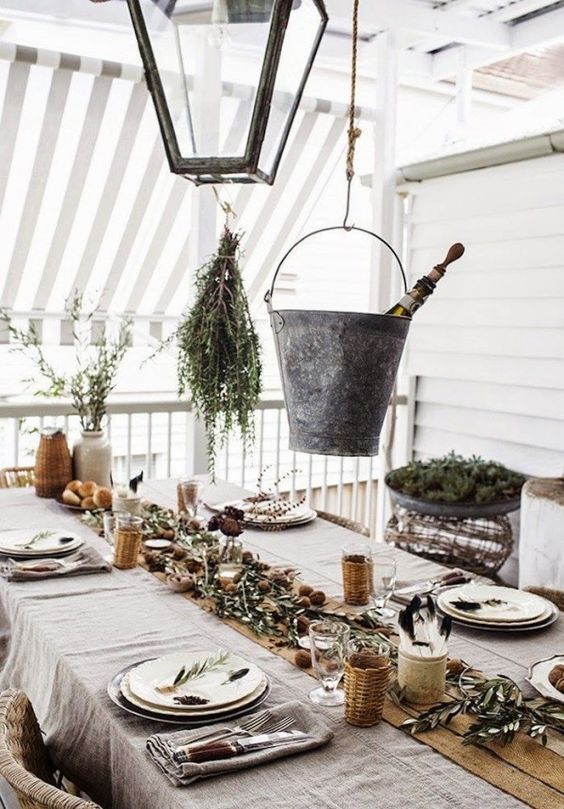
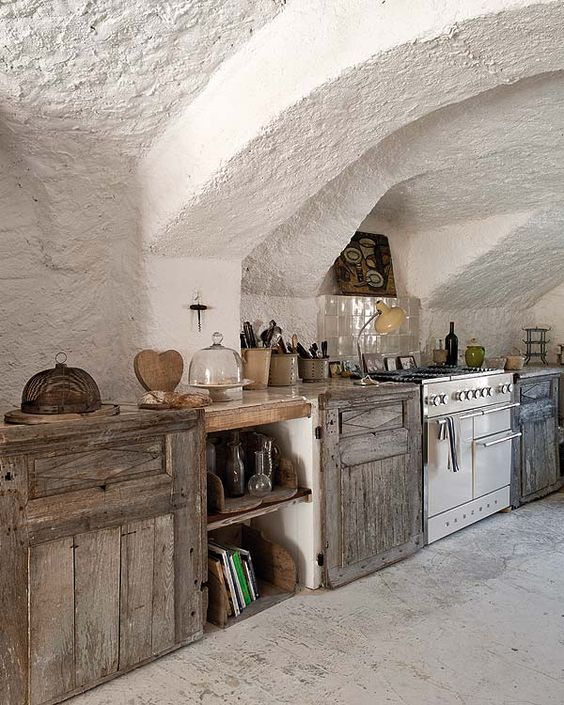
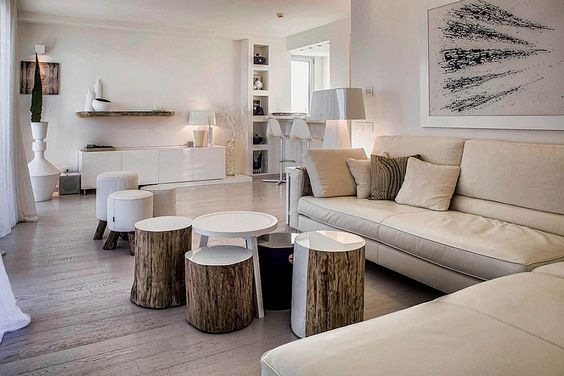

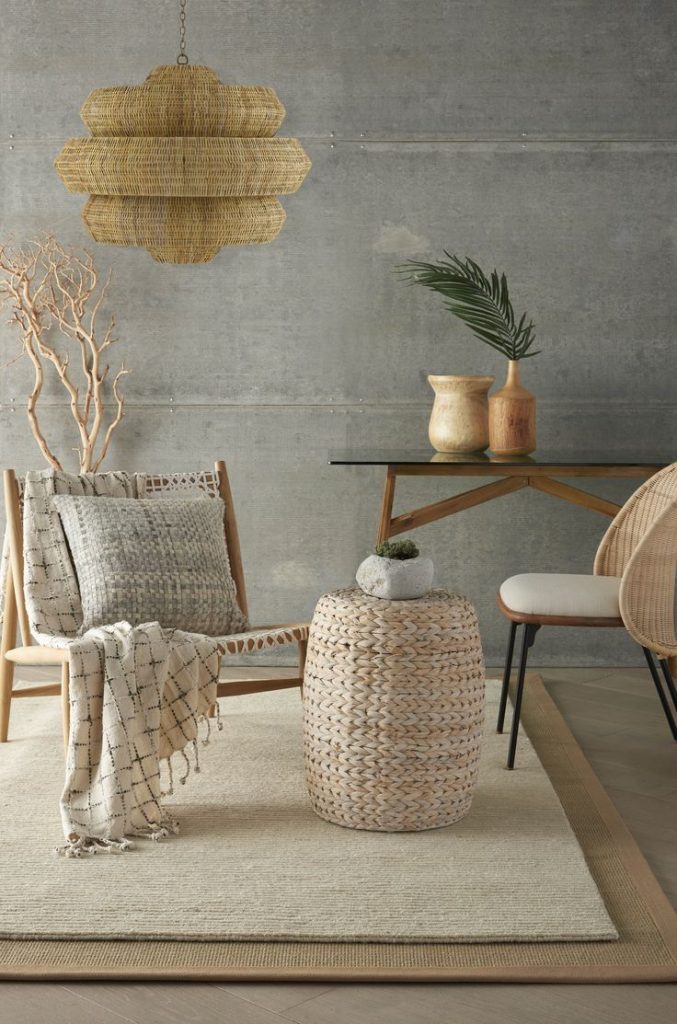
Being eco-friendly and sustainable is not just looking to the past, but also to the future. Right decisions can also be found in smart fibers, paper and glass – with Portuguese science at the forefront of new technologies – or in 3D printing, for example, or in inks produced from clay or milk, without chemical and toxic components for the environment. health and environmentally polluting. Home automation, electrical systems with LED technology, wind and solar energy are solutions that progress makes available with a view to a more efficient, cleaner and less polluting future.
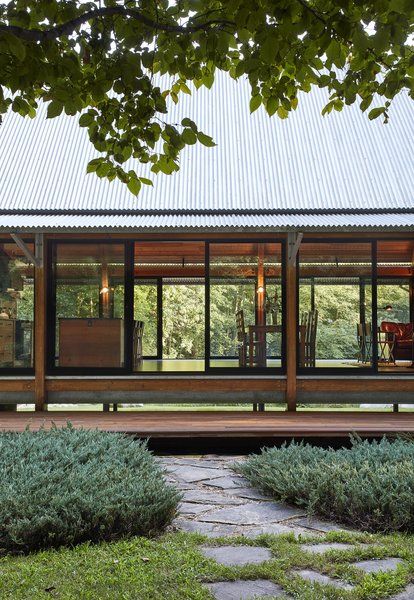

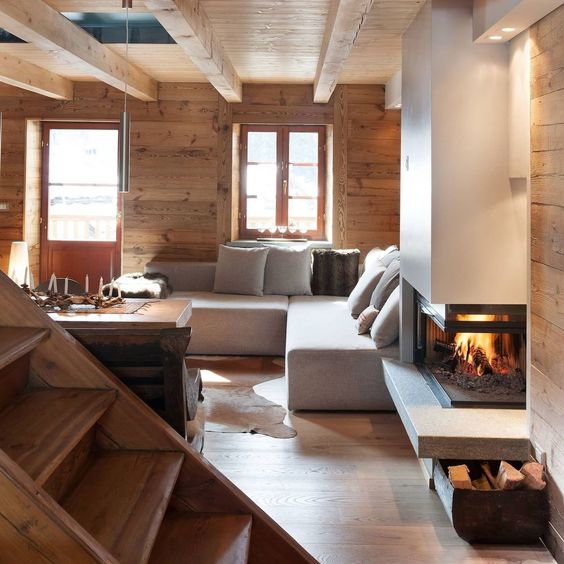
An eco-chic home or decoration not only respects the planet and protects the environment, it will always be rich in comfort, knowing like no other to be appetizing to the senses, since it works like a small living being in constant and healthy communication with the outside, full of natural light, skilled in maintaining correct temperatures, capable of renewing the air just by opening windows, of warming up in winter and cooling off in summer, and all this brings a contribution of well-being and connectivity with Nature.

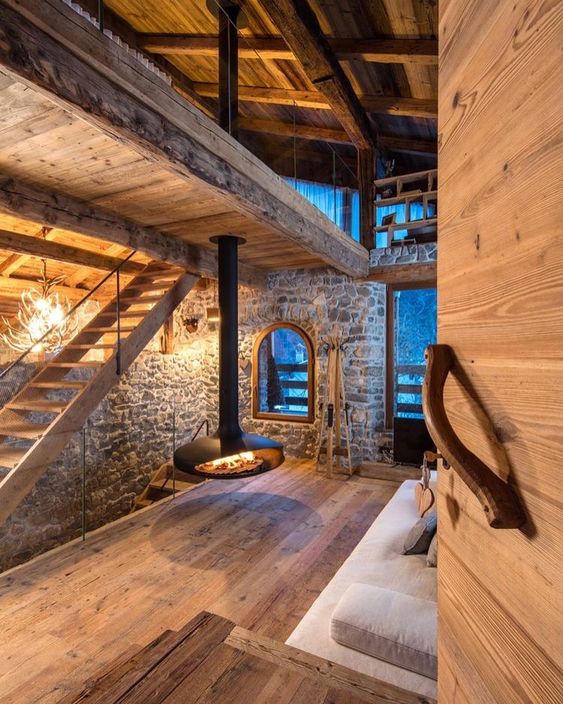
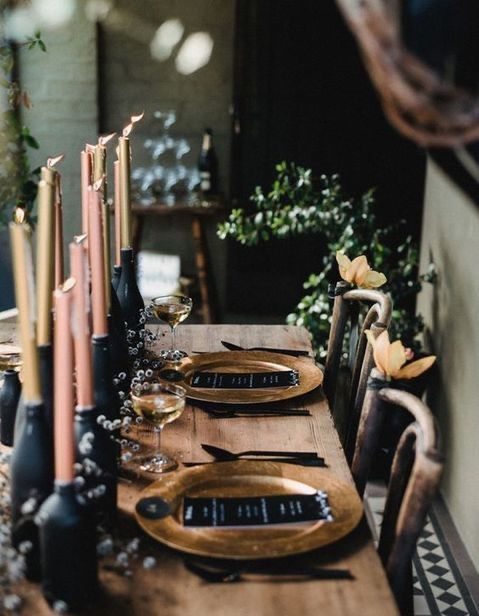

Photography – Light It Be and Pinterest




0